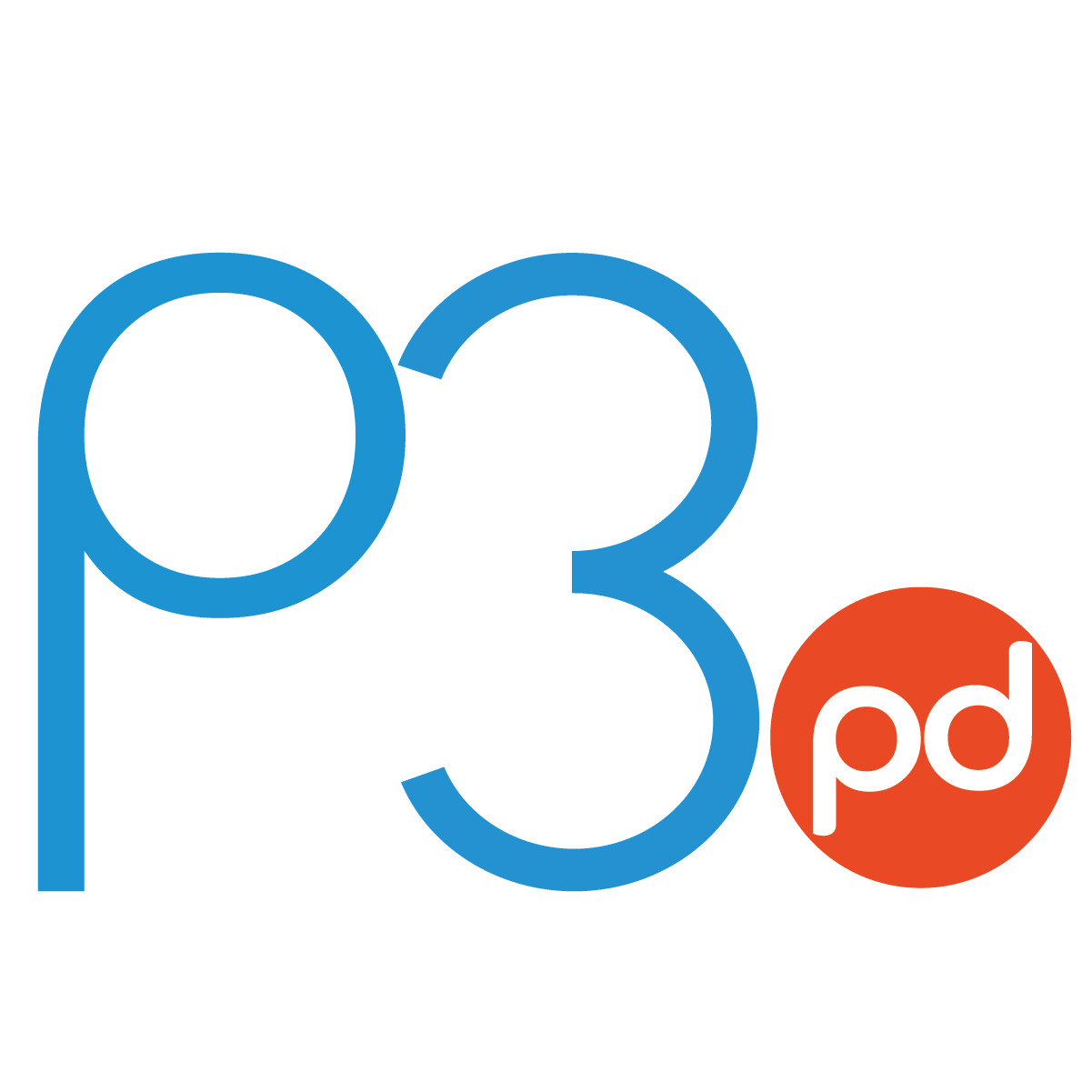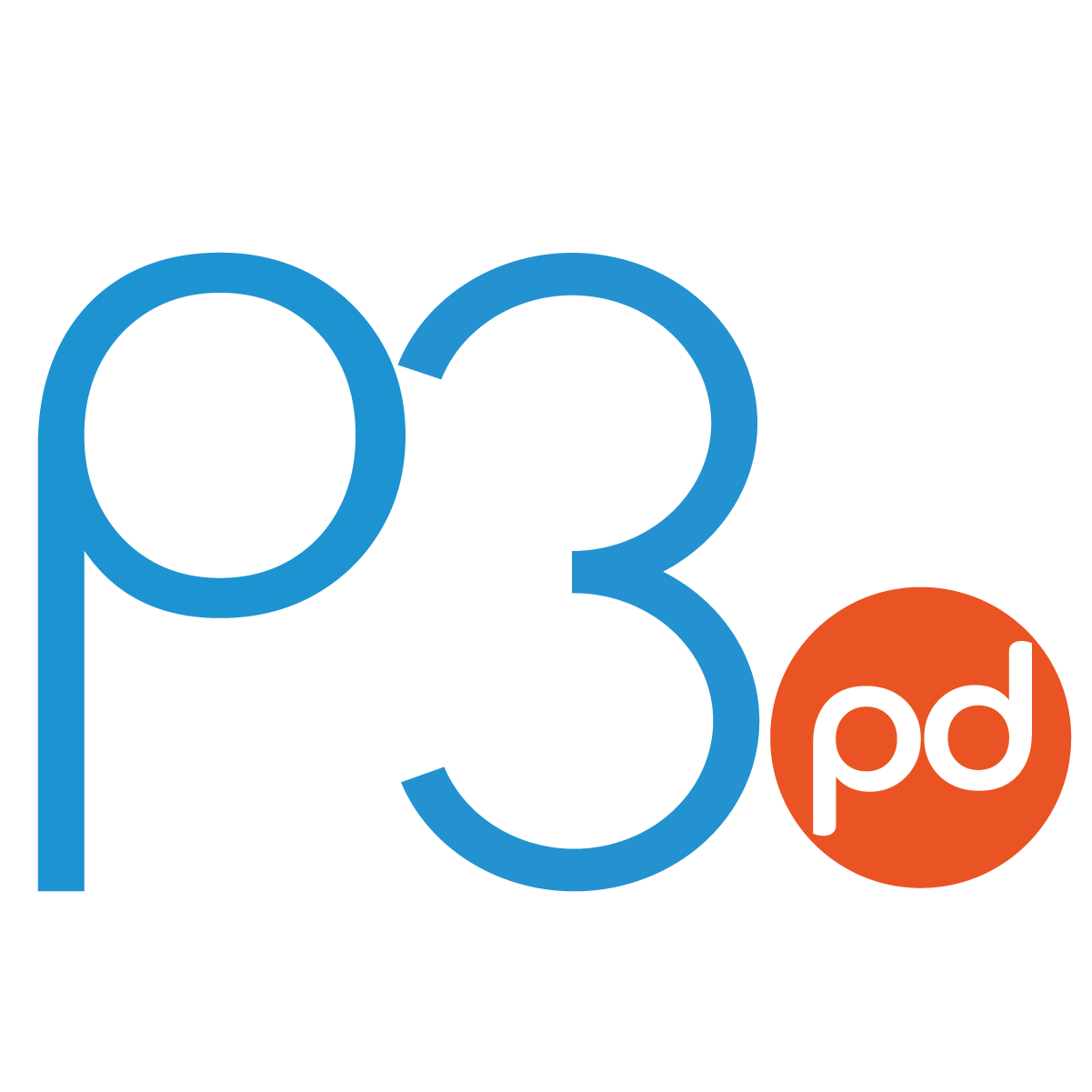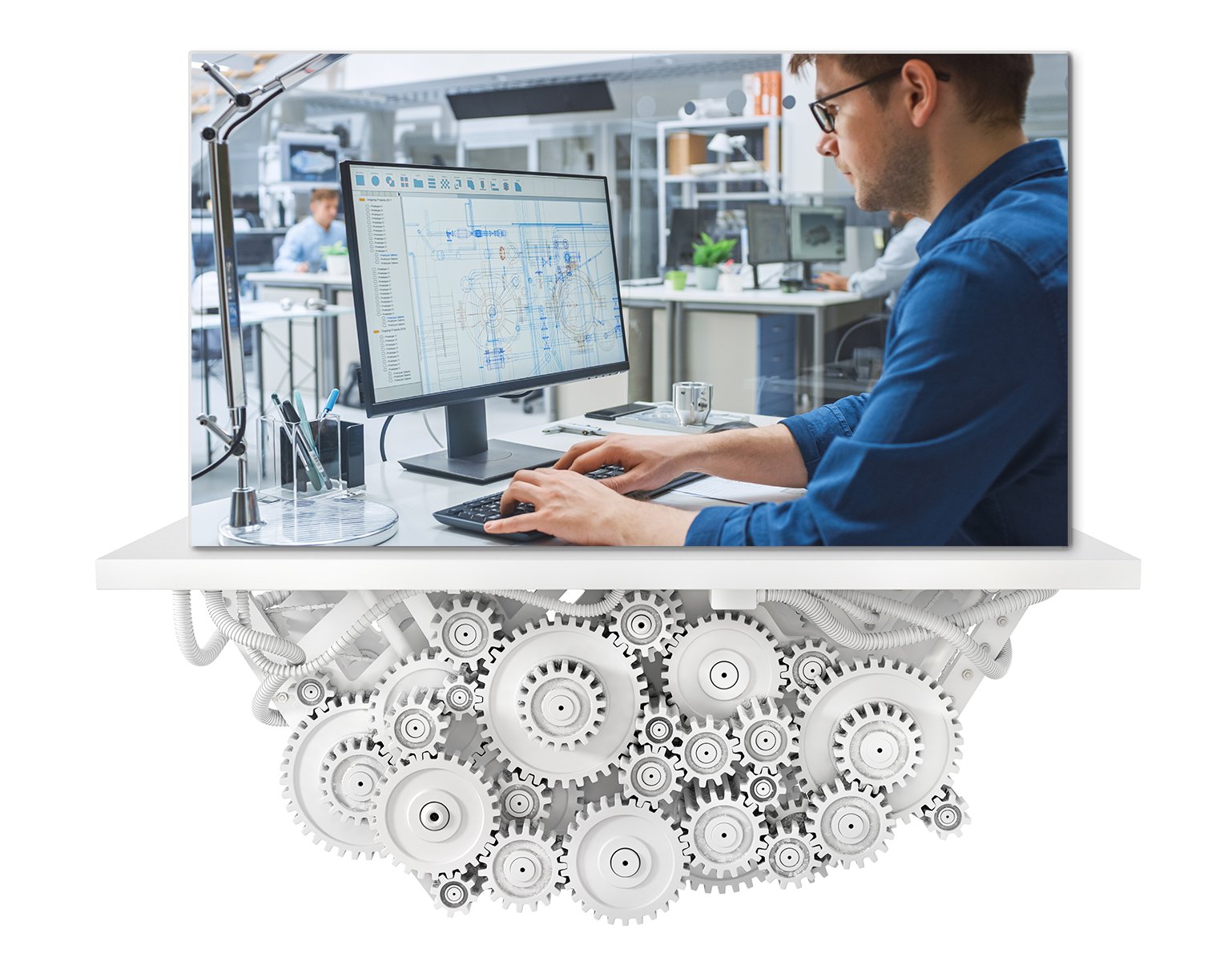From Idea to Impact: Building a Strong Foundation for Medical Device Development
Every successful medical device starts with an idea. Maybe it’s a new way to improve a clinical workflow, a simpler tool to aid nurses or surgeons, or a technology that could transform how a disease is treated. But once the idea is on the table, reality sets in. Designing, testing, and manufacturing a safe, effective, and compliant device is a complex journey that demands careful planning from day one.
At Phase Three Product Development (P3PD), we partner with innovators to bridge the gap between concept and commercialization. Having guided dozens of early-stage teams through design, prototyping, and manufacturability assessments, we’ve seen firsthand that the most successful projects and products share one thing in common, which is strong foundations built in the earliest stages of development.
This article outlines five critical focus areas for innovators entering the concept and feasibility phase of medical device development.
1. Start with One Market in Mind
It’s tempting to envision your product as a global solution from the start, but regulatory reality quickly complicates that vision. Each market brings its own requirements, from FDA’s 510(k) clearance process to Europe’s Medical Device Regulation (EU-MDR) or Health Canada licensing.
A device that qualifies for 510(k) exemption in the U.S. might require full MDR registration in Europe, with entirely different documentation, testing, and risk classification. The best approach is to focus first on a single market, typically the one with the strongest clinical need or most direct access to customers, and design around those regulatory expectations.
Building a scalable framework doesn’t mean limiting your ambition. It simply means creating a solid regulatory and design baseline that can expand efficiently to additional markets later.
2. Identify Risks Before They Identify You
Risk management isn’t a box to check before submission, it’s the backbone of safe and compliant design. The international standard ISO 14971 outlines how to systematically identify, evaluate, and control risks throughout the device lifecycle, and it ties directly into the ISO 13485 quality management system required by regulators worldwide.
Early on, teams should create a Risk Assessment and Categorization Table (RACT) to document potential hazards and their severity. From there, they can link these hazards to specific failure modes using three complementary analyses:
dFMEA (Design Failure Mode and Effects Analysis): Identifies risks inherent to the device design itself.
uFMEA (User Failure Mode and Effects Analysis): Captures how user error or misuse might lead to harm.
pFMEA (Process Failure Mode and Effects Analysis): Examines risks in manufacturing or assembly that could affect safety or performance.
These analyses don’t need to be exhaustive in early development, but starting them early pays major dividends. It allows design teams to anticipate challenges, avoid late-stage redesigns, and demonstrate to regulators that risks are recognized, mitigated, and controlled from the outset.
At P3PD, we integrate early risk assessment into every feasibility project. This proactive approach not only accelerates design decisions but also establishes a defensible foundation for future verification and validation, as well as regulatory submission.
3. Begin with the End in Mind: Design Verification and Validation
Verification and validation (V&V) are central to proving a device performs safely and as intended. But these processes don’t begin at the testing phase, they begin in concept development.
In simple terms:
Verification asks, “Did we build it right?”
Validation asks, “Did we build the right thing?”
Establishing user needs early and translating them into measurable design inputs helps ensure both questions are answered effectively later. For instance, if you’re designing a syringe-and-needle assembly, user needs might include:
Controlled force to remove or attach the needle
Consistent aspiration and injection performance
Secure fluid containment without leakage
Each of these requirements ties directly to material selection, dimensions, and assembly methods. Capturing them in a Design Input/Output, Verification & Validation (DIOVV) matrix allows teams to trace every requirement from concept through testing and into regulatory submission.
Beyond functionality, early design work should also anticipate biocompatibility, sterilization, packaging integrity, and usability factors. The more thoroughly user needs are defined at this stage, the fewer surprises, and unanticipated costs, will surface later.
4. Design for Manufacturing from the Start
Innovators often focus on proof of concept before thinking about production. That’s natural, but failing to consider Design for Manufacturability (DFM) early can lead to major setbacks. A brilliant prototype that can’t be efficiently produced, assembled, or sterilized will face cost and scalability barriers.
At P3PD, we encourage clients to think ahead about:
Manufacturing process: Can your design be automated, or does it require manual assembly? Greater automation generally lowers long-term production costs.
Material selection: Are your chosen materials biocompatible, sterilizable, and readily available? Can suppliers provide consistent quality and traceability?
Device complexity: Complex shapes or assemblies might require additive manufacturing methods such as selective laser sintering (SLS) or stereolithography (SLA), which can drive up unit cost. In some cases, these methods make sense for low-volume pilot builds—but not for full-scale production.
A DFM mindset ensures that design decisions made today won’t create manufacturing challenges tomorrow. It also shortens the time between proof-of-concept and pilot production—one of the most critical bottlenecks in medtech innovation.
5. Embrace Iteration—It’s Part of the Process
Medical device development looks linear on paper: concept, design, verification, production, launch. In practice, it’s anything but. Teams loop between phases as new data, testing outcomes, and user feedback emerge.
The key is to plan for iteration rather than resist it. Documenting decisions, maintaining traceability between design inputs and outputs, and communicating changes across engineering, quality, and regulatory teams are what keep progress steady even when direction shifts.
At P3PD, we view iteration not as rework, but as refinement—the process by which an idea evolves into a reliable, manufacturable, and compliant product.
The Takeaway: Build Smart, Build Early
No device starts perfect. But by addressing regulatory strategy, risk management, user needs, and manufacturability from day one, innovators dramatically improve their odds of reaching market faster and with fewer costly surprises along the way.
The early stages of development are where creative ideas meet disciplined engineering. That’s also where having the right partner makes the biggest difference.
At P3PD, we specialize in guiding medical device innovators through these foundational stages. We help product development teams de-risk design decisions, validate usability, and prepare for smooth transfer to manufacturing. Whether you’re developing a handheld diagnostic, wearable sensor, or next-generation surgical tool, our cross-functional team can help turn your concept into a manufacturable reality.
READY TO MOVE FROM IDEA TO IMPLEMENTATION?
Connect with the P3PD team to start building your path to market with confidence.


